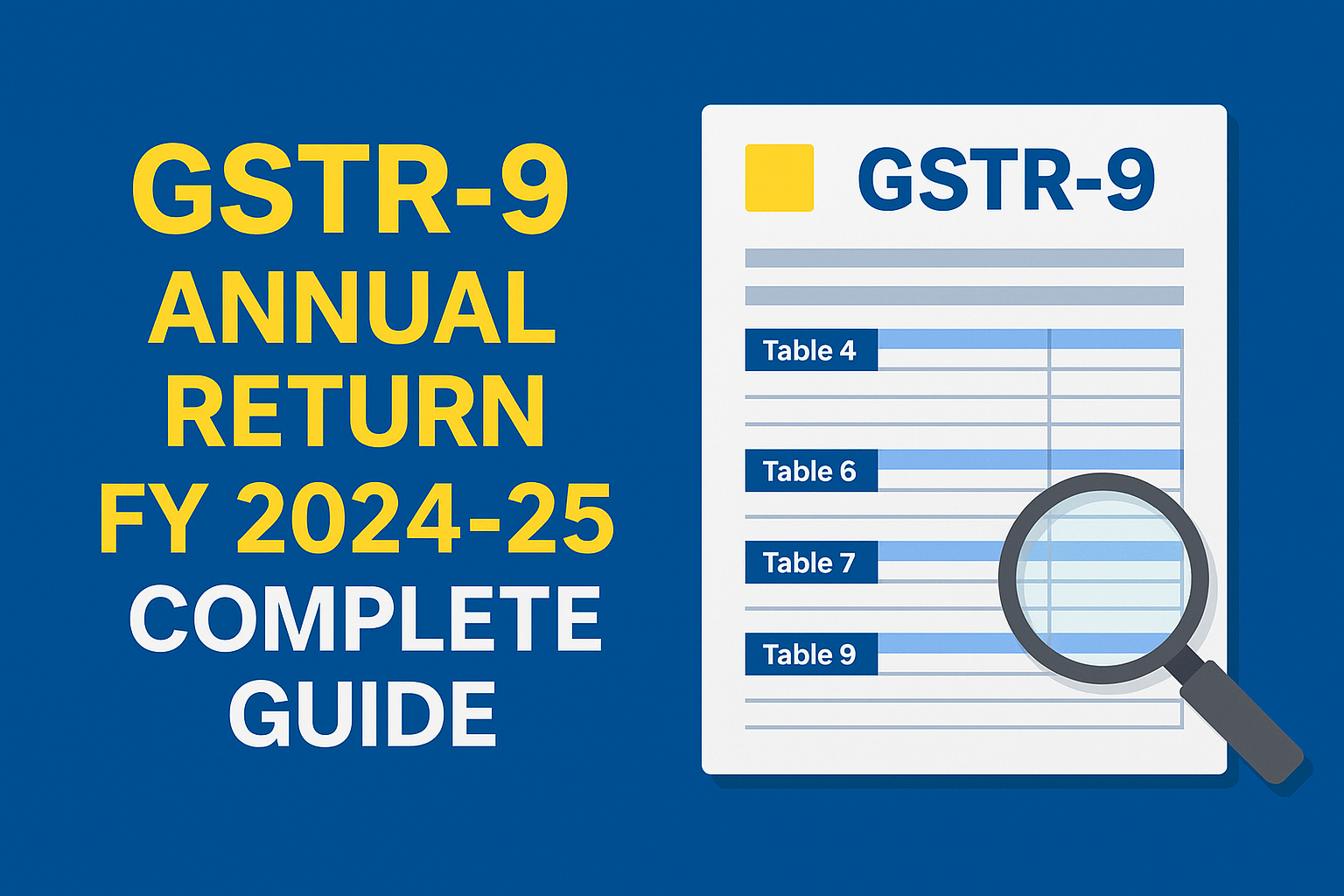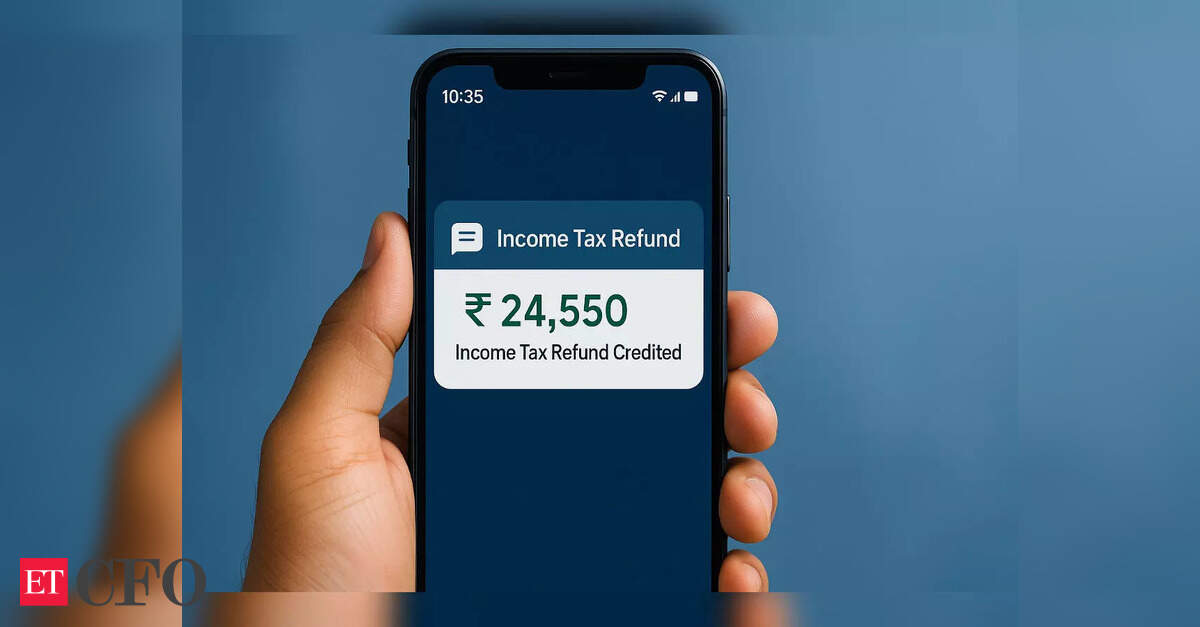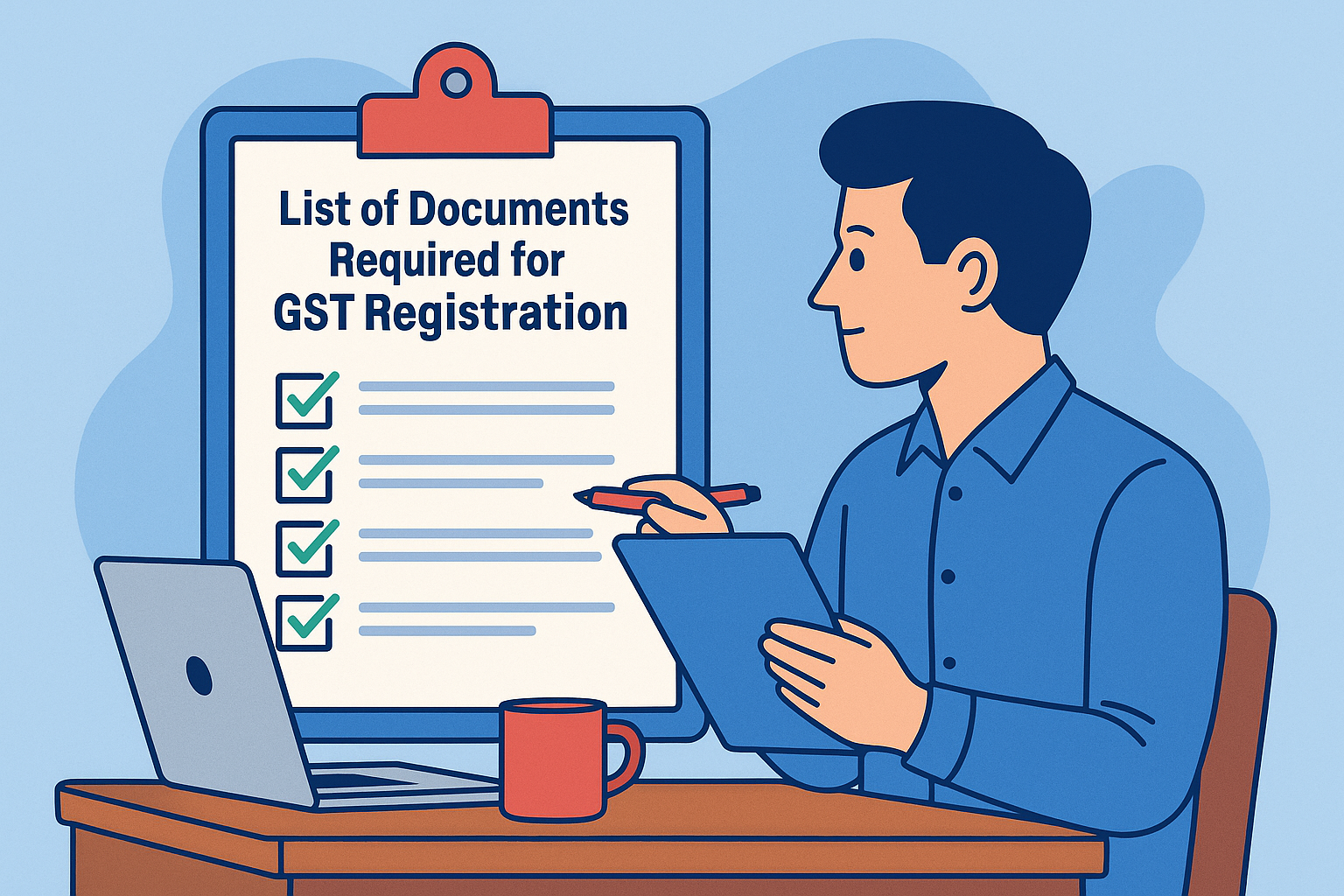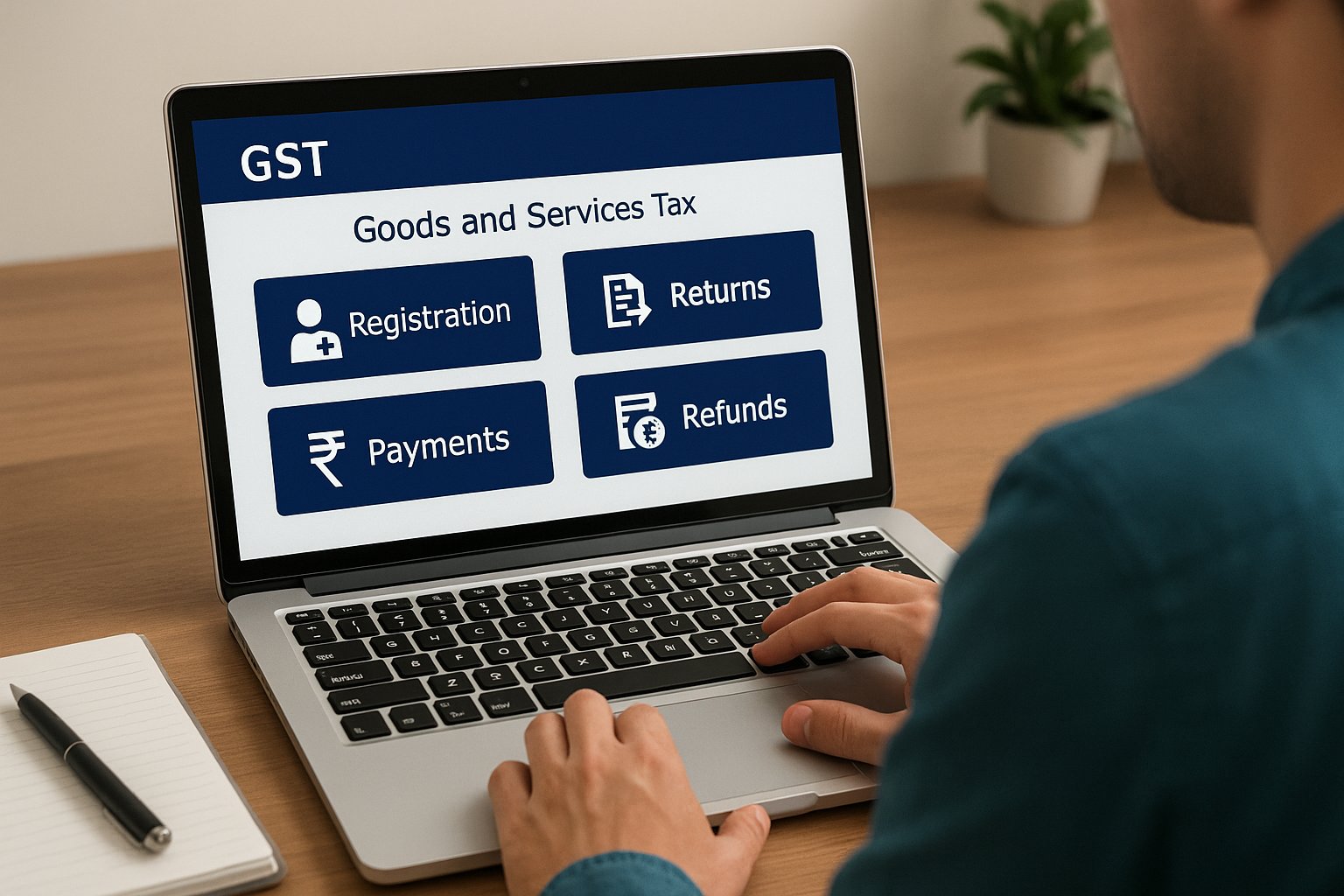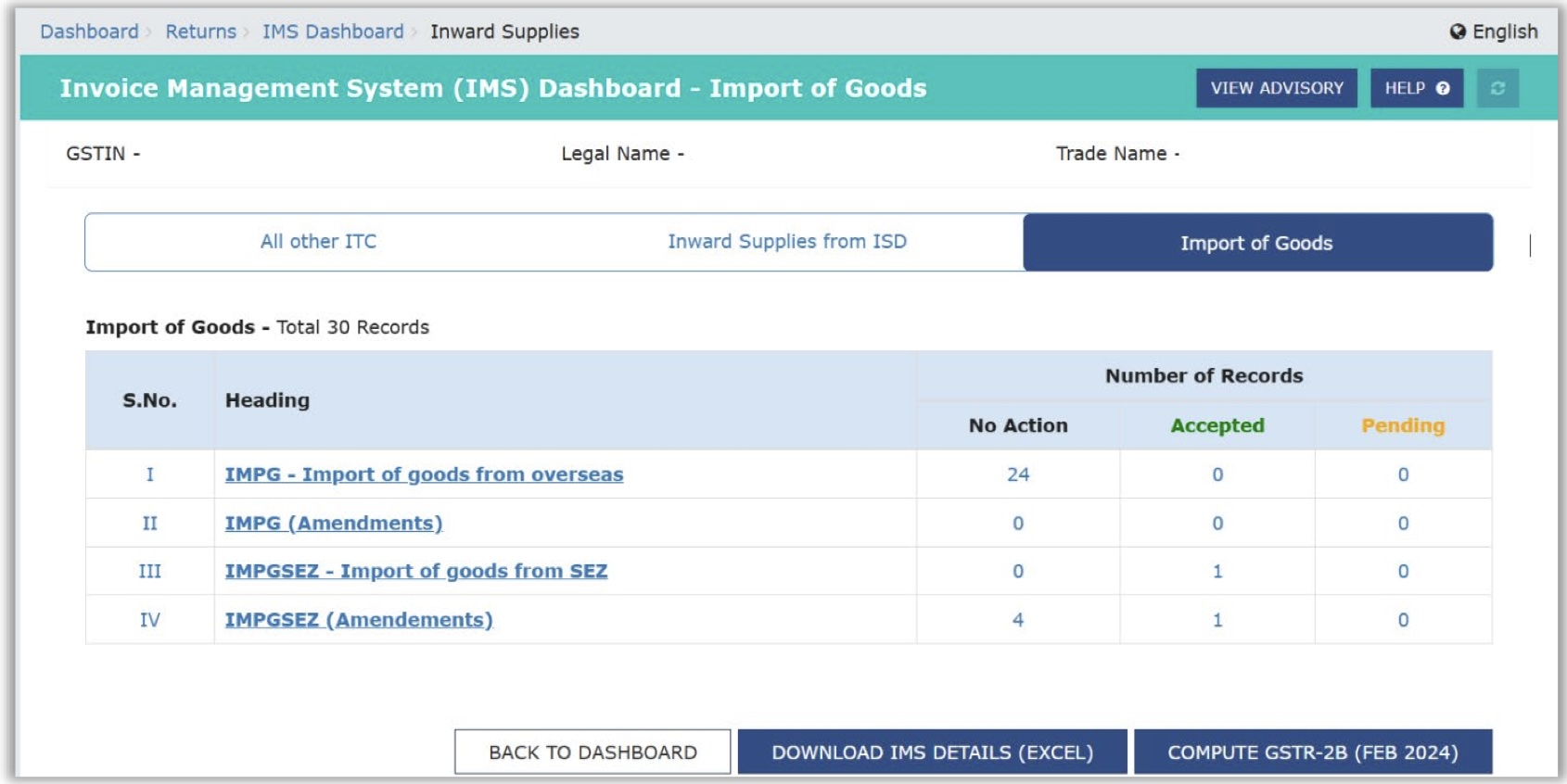Audit under GST is conducted to ensure that taxpayers have correctly paid taxes, claimed Input Tax Credit (ITC) in compliance with the law, and filed returns properly. Section 65 of the CGST Act, 2017 along with Rule 101 of the CGST Rules, 2017 provides the framework for departmental audits.
Audit in GST should verify the correctness of the facts and figures declared in the returns vis-a-vis books of accounts and returns filed by the taxpayers. Self- assessed declarations may contain hidden deviations. These deviations may be the result of omission, error, or deliberate action by a taxpayer.
Audit in GST should intend to evaluate the credibility of self-assessed tax liability of a taxpayer based on the twin test of accuracy of their declaration and the accounts maintained by the taxpayer
Legal Framework
Section 65 – Audit by Tax Authorities
- Audit can be initiated by the Commissioner or an authorized officer.
- It may be conducted at the taxpayer’s premises or at the department’s office.
- At least 15 working days’ prior notice must be given (Form GST ADT-01).
- Audit to be completed in 3 months (extendable by 6 months with written reasons).
- Officer may demand records, explanations, and facilities to complete the audit.
- Findings to be communicated in Form GST ADT-02 within 30 days of audit completion.
- If discrepancies found → proceedings may be initiated under Section 73, 74, or 74A.
Rule 101 – Key Audit Aspects
- Covers one financial year or part/multiples thereof.
- Verification includes books of accounts, GST returns, ITC claims, tax rates, and refunds.
- Discrepancies to be shared with the taxpayer for reply before finalization.
Got GST Notice and Don’t know how to reply then Join our course on GST Notice & Litigation from below link:
Documents & Records Examined During GST Audit
During audit, officers typically examine the following categories of records:
Sale Invoice is in the top of the list to know the nature of business, GST Rates etc.
A. Invoices & Core Records
- Sales invoices, purchase invoices, debit/credit notes.
- Value of Supply, Time of Supply
- Advance receipts and payments records.
- Stock register – opening, inward, outward, and closing balances.
- Delivery challans and job work challans.
B. GST-Specific Records
- ITC register (eligible ITC claimed) and verification of ineligible/blocked ITC under Section 17(5).
- GST rates applied – cross-check with HSN/SAC codes.
- Liability on Reverse Charge Mechanism (RCM): expenses where RCM is applicable vs ITC claimed on RCM payments.
- Post-sale discount adjustments (whether ITC reversed or credit notes issued properly).
- E-way Bills – matching with outward/inward supply data.
- Additional Place of Business records – movement of goods from/to additional premises and is this added on GST Portal or not
- Export transactions – LUT/Bond, shipping bills, realization of foreign currency.
- Purchases from “risky suppliers” (flagged for fake ITC or defaulting).
C. Financial Records
- Books of account: ledgers, journals, cash book, bank book.
- Balance sheet, profit & loss account, trial balance.
- Fixed asset register and depreciation schedules (with ITC reversal where applicable).
- Internal audit or statutory audit reports.
- Miscellaneous income sources: scrap sales, insurance claims, forex gains, etc.
D. GST Returns & Reconciliations
- GSTR-1, GSTR-3B, GSTR-2B, and annual returns GSTR-9/9C.
- Reconciliation of Books of Accounts vs GST Returns.
- Turnover reconciliation with Income Tax returns (Form 26AS, ITR, audited financials).
- Check for sudden jump in turnover compared to previous periods.
- Verification of refunds claimed and sanction orders.
Consolidated List
- Annual report and Director‘s report (if any)
- Profit & Loss A/C
- Balance Sheet and Trial balance if maintained
- Notes to accounts
- Tax Audit Report
- Statement of income tax TDS.
- List of HSN /SAC of the goods /or services in respect of the business.
- Reconciliation statement in respect of Form GSTR 9, GSTR-1 AND GSTR 3B
- Suppliers list with GSTIN (where applicable)
- Ledger accounts of the suppliers
- Statement of sales party wise and POS wise.
- Supply for which tax paid in RCM.
- Bank Statement for the period under audit
- Stock register
- Other documents and records as applicable as provided in section 35 of the Act
Key Points for Taxpayers to Remember
- Maintain organized records for invoices, ledgers, and returns.
- Regularly reconcile ITC with GSTR-2B and block ineligible ITC.
- Check correct GST rates based on HSN/SAC classification.
- Monitor expenses under RCM and claim ITC only if payment made.
- Ensure e-way bill compliance and consistency with supply data.
- Be cautious about dealing with “risky suppliers” flagged by the department, Check the status of GST registration and return filing on GST Portal before doing business with any new supplier
- Regularly reconcile turnover between GST returns, books of account, and Income Tax filings.
A GST Audit under Section 65 is a comprehensive check on the taxpayer’s compliance. It is not limited to books and returns, but also covers ITC eligibility, GST rates, movement of goods, e-way bills, export compliances, and consistency between GST and Income Tax data. A ready checklist and proactive reconciliations can help taxpayers sail smoothly through audits and avoid litigation.
Visit www.cagurujiclasses.com for practical courses


